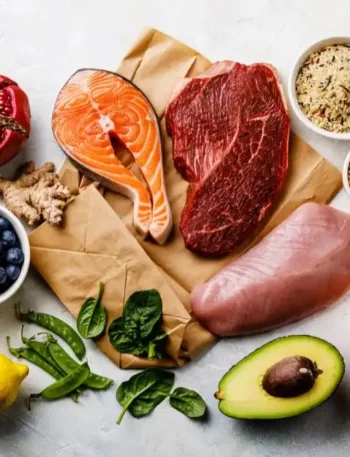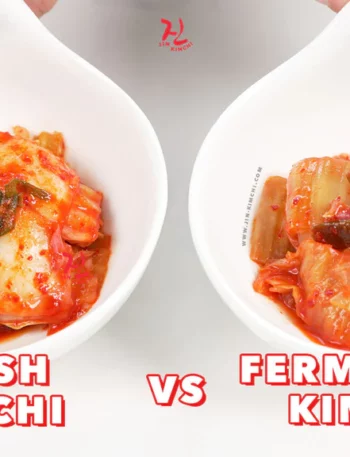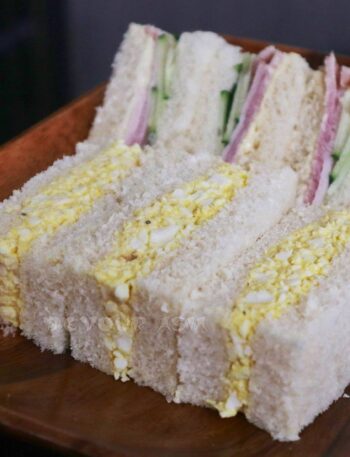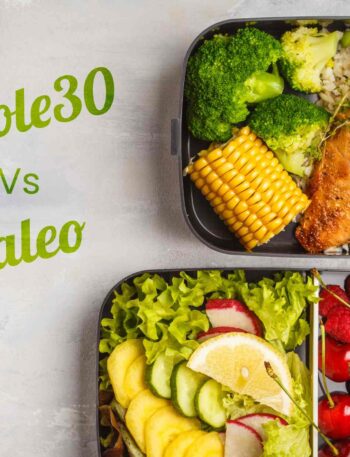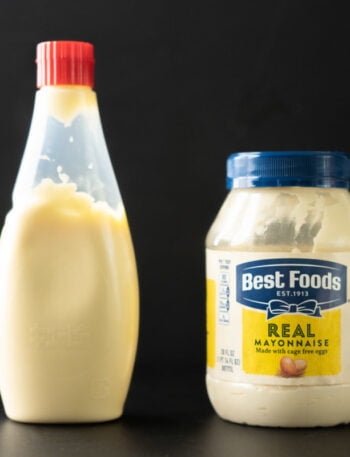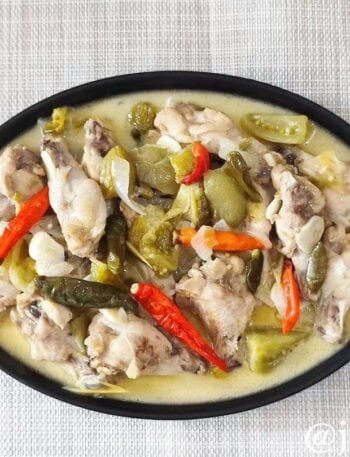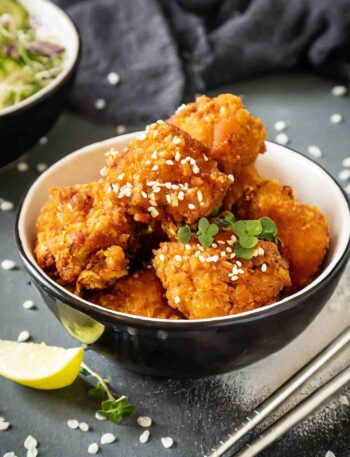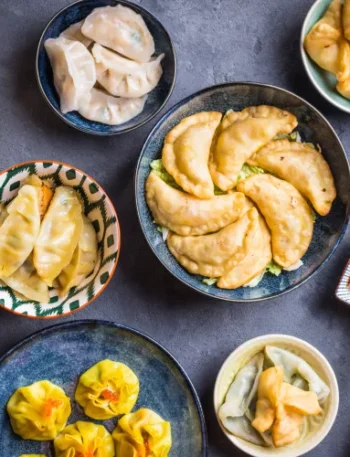There’s something deeply satisfying about biting into a piece of perfectly crispy fried food. Whether it’s golden French fries, crunchy fried chicken, or delicate tempura, the crispiness is what elevates the dish to a culinary delight.
But achieving that ideal crunch isn’t just about luck—it’s a blend of culinary techniques and scientific principles.
Let’s explore the hidden science behind perfectly crispy fried food and how you can replicate it at home.
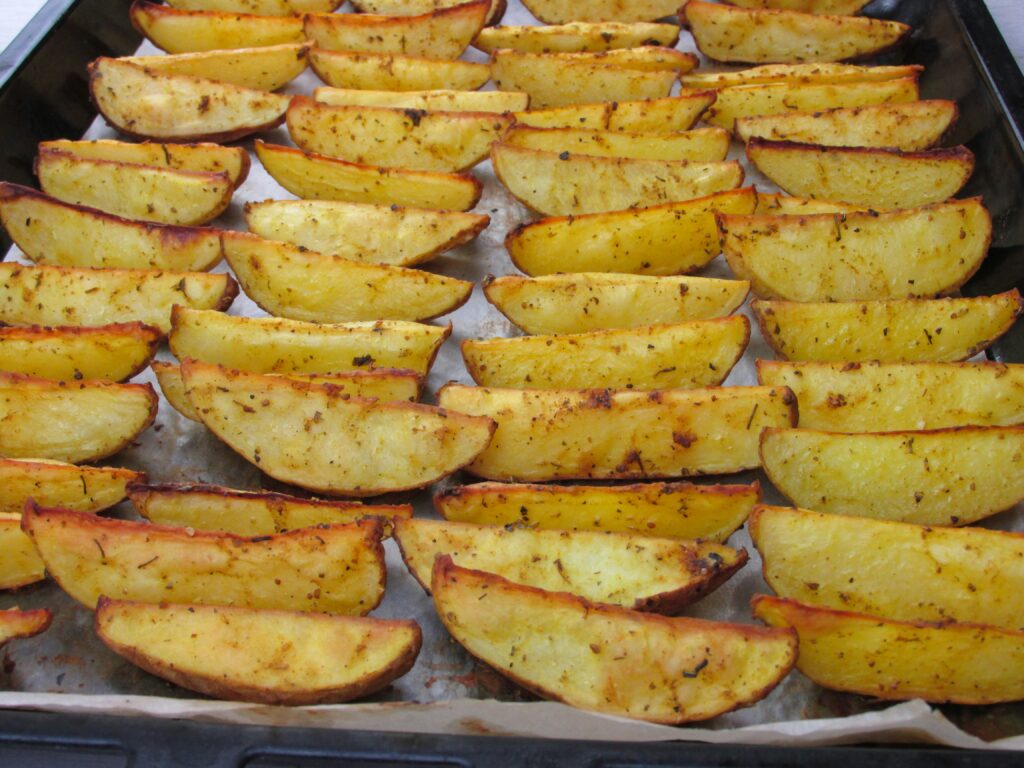
The Science of Crispy
1. The Maillard Reaction
The Maillard reaction is the chemical process that occurs when proteins and sugars in food are exposed to heat, resulting in browning and the development of complex flavors. This reaction is what gives fried food its golden-brown color and savory taste. For example, the crust on fried chicken or the golden exterior of French fries owes its appeal to this reaction.
2. Starch Gelatinization
When starches in foods like potatoes or breading are heated, they absorb water and swell, forming a gel-like structure. As frying continues, the surface of the food dries out, leaving behind a rigid, crispy layer. This is why coatings made from flour or cornstarch contribute significantly to the crunch factor.
3. Dehydration Process
Achieving crispiness is all about removing moisture. When food is placed in hot oil, the water inside begins to evaporate, creating steam. This evaporation forms bubbles on the surface, which eventually solidify into the crunchy exterior we love. The key is to balance moisture removal without drying out the interior.
Key Factors for Perfect Crispy Fried Food
1. Temperature Control
Frying at the right temperature—typically between 350°F and 375°F (175°C to 190°C)—is crucial. Too low, and the food absorbs excess oil, becoming greasy. Too high, and the exterior burns before the interior cooks. Using a thermometer can help maintain consistent oil temperature.
2. Choice of Oil
The type of oil you use matters. Oils with high smoke points, such as peanut, canola, or sunflower oil, are best for frying as they can handle high heat without breaking down. For a neutral flavor, go with refined oils, or experiment with oils like coconut or sesame for added taste.
3. Coating and Breading
The coating is the armor of fried food. Whether you prefer a light batter, a crunchy breadcrumb coating, or a simple dusting of seasoned flour, the key is even application. Adding cornstarch to flour or using baking powder in batters can make coatings lighter and crispier.
4. Moisture Management
Excess moisture is the enemy of crispiness. Pat food dry with paper towels before frying, and avoid adding too much food to the oil at once, as this can lower the oil temperature and cause steaming instead of frying.
Common Mistakes and How to Avoid Them
- Overcrowding the Pan Adding too much food at once lowers the oil temperature, leading to soggy, greasy results. Fry in small batches for the best results.
- Reusing Oil Improperly While reusing frying oil is economical, it’s important to strain it and store it properly to avoid off-flavors or contamination. Discard oil after a few uses.
- Skipping the Rest Rest fried food on a cooling rack instead of paper towels to maintain crispiness. Paper towels can trap steam, softening the exterior.
Crispy Around the World
Crispy fried food isn’t limited to one cuisine. Every culture has its version:
- Japan: Light and airy tempura relies on ice-cold batter to prevent gluten formation, resulting in a delicate crunch.
- Korea: Korean fried chicken is double-fried for an ultra-crispy exterior that stays crunchy even when coated in sauce.
- India: Samosas feature a crisp, flaky pastry shell encasing spiced fillings, made possible by frying at just the right temperature.
- USA: Southern fried chicken is known for its thick, flavorful crust seasoned with a blend of spices.
Tips and Tricks for Home Frying
- Use a Thermometer A food thermometer ensures your oil stays at the ideal temperature.
- Add Baking Powder A pinch of baking powder in your batter can introduce air bubbles, making the crust lighter and crunchier.
- Rest on a Rack Place fried food on a wire rack instead of paper towels to maintain crispiness.
- Double-Fry Method Frying food twice—first at a lower temperature to cook it through, then at a higher temperature for crispiness—yields excellent results, especially for French fries and chicken.
Perfectly crispy fried food is a combination of science and technique. By understanding the Maillard reaction, starch gelatinization, and moisture removal, you can elevate your frying game.
With the right tools, ingredients, and methods, achieving that irresistible crunch at home is well within your reach.


